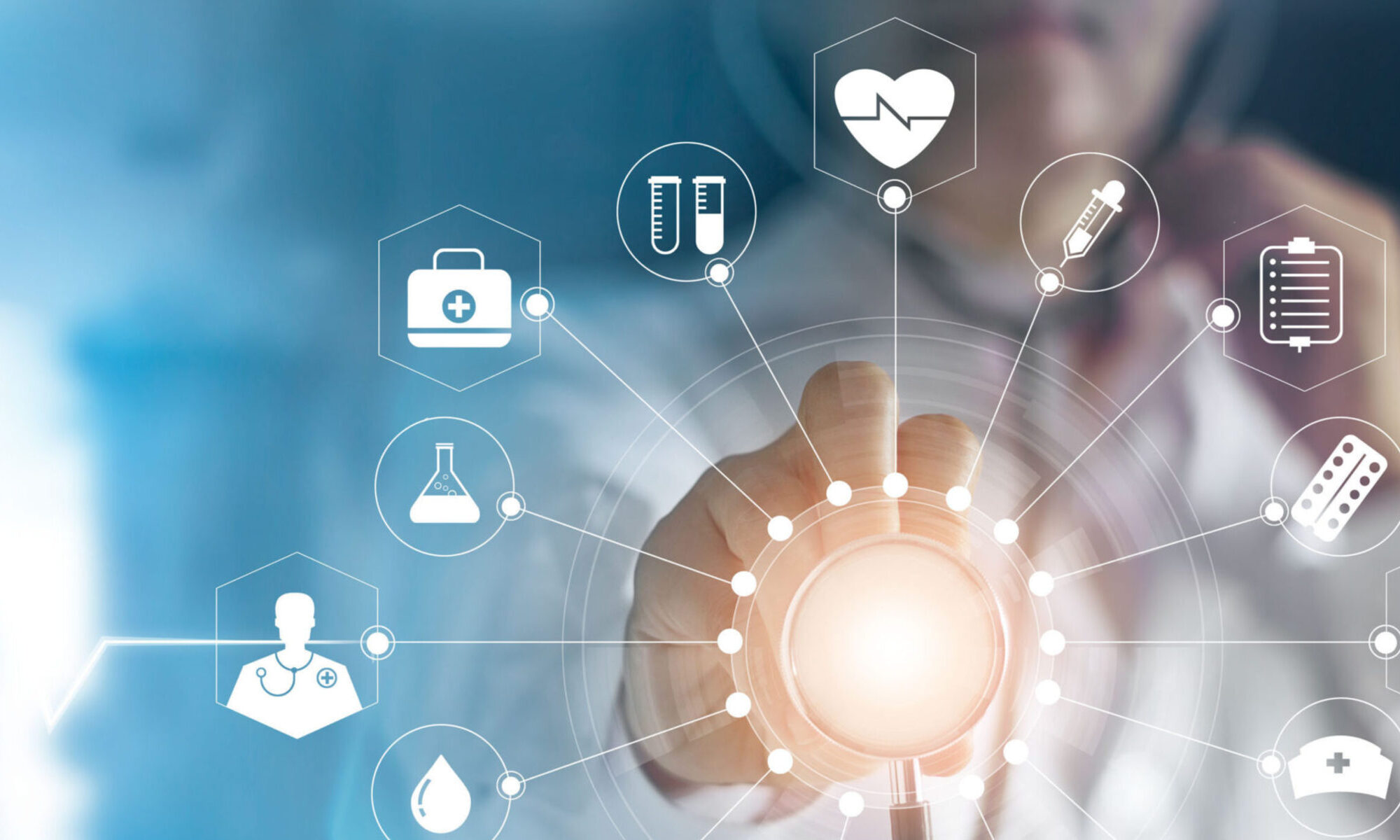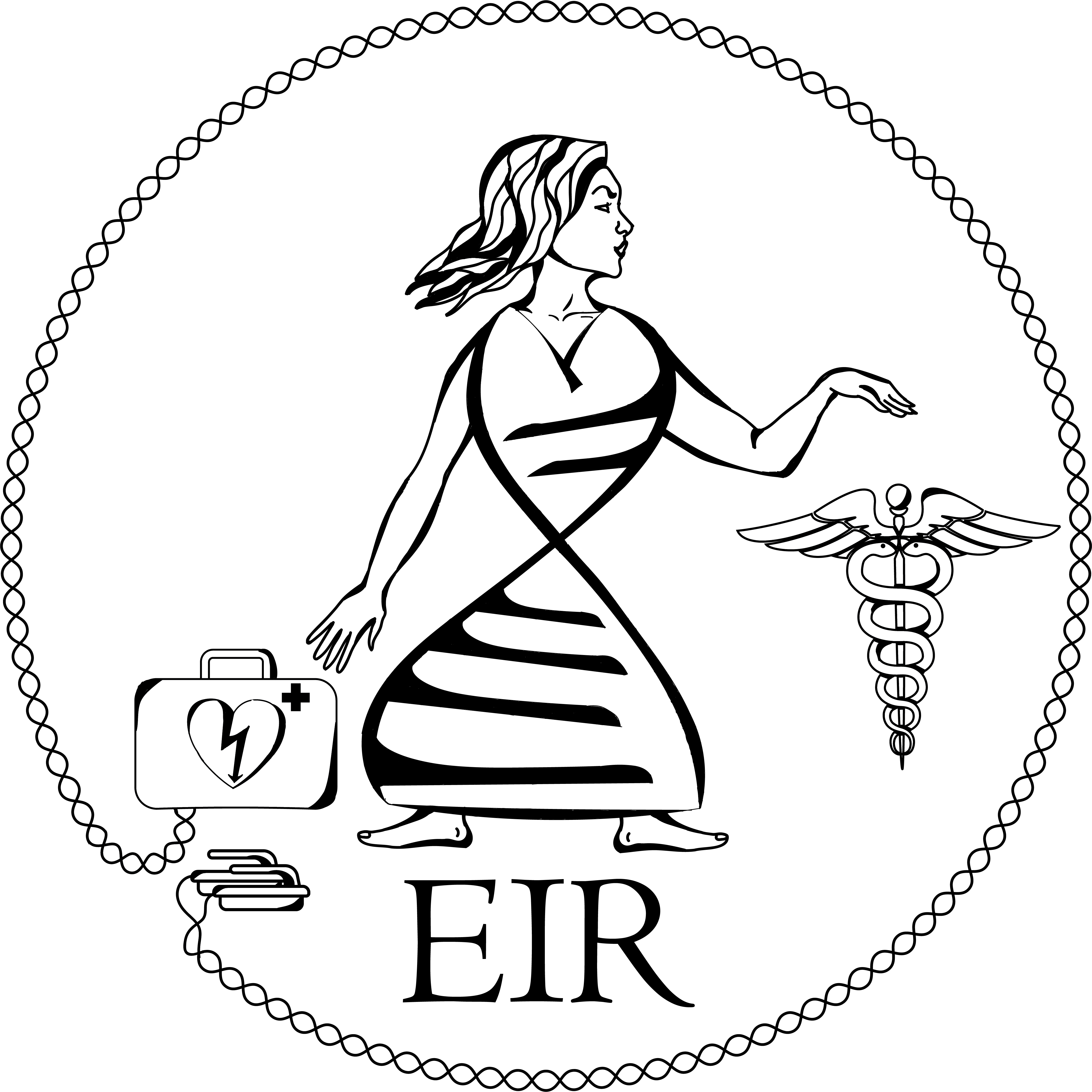The new NewslettEir is here! Curious what we are going to do in the near future? New excursions, reviews and all about the founding general members meeting. Read all about it here!
Review: Erasmus MC
In the afternoon of the 16th of November, a group of students was waiting outside Flux to leave for the Erasmus MC in Rotterdam, the biggest university hospital in the Netherlands and with a large focus on cancer research. Two vans had been arranged, and off we drove to Rotterdam. After about an hour and a half, and a detour through Rotterdam because of faulty navigation, we arrived at the Cancer Institute.
After a warm welcome we were led to a lecture hall, where several speakers introduced us to their research topics. Firstly we had a short introduction on what the Erasmus MC and the Cancer Institute is, and what types of research and treatment are being done there. Secondly, we had a lecture about Radio Therapy. This was introducing us to the way that patients are currently being irradiated at the Cancer Institute, and how treatments are planned.
After that we were shown a new treatment method, Proton Therapy. With this treatment patients are being irradiated not with photons, but with protons. As protons are quite massive for particles, the equipment needed is far bigger than for the standard treatment, and very expensive. The advantage of proton therapy is that the administered dose to the patient is mostly concentrated on the tumor, and as a result there is very little exposure to other organs or tissue.
The last lecture was about the Hyperthermia treatment. With a special rig that fits in an MRI, the researchers at the Cancer Institute can heat up a tumor locally, and with the MRI monitor the temperature. The heating happens with 12 dipole antennas, and uses electromagnetic waves to heat up the cells. The tumor is heated up to about 40 degrees Celsius, which makes it more sensitive to irradiation.
After the lectures were done, we were split up into two groups and went to see the treatment rooms. At the Radio Therapy Lab we were shown the Cyberknife, which the technician told us is basically a linear accelerator mounted to an industrial robot arm, like the ones used in car manufacturing. In the other Lab we were shown the setup for Hyperthermia treatment, which was currently being used for the treatment of cervical cancer.
After all this was done, there was still time to socialize with the researchers and have a few drinks, before we were off to Eindhoven again.
[ngg_images source=”galleries” container_ids=”7″ display_type=”photocrati-nextgen_basic_slideshow” gallery_width=”600″ gallery_height=”400″ cycle_effect=”fade” cycle_interval=”5″ show_thumbnail_link=”1″ thumbnail_link_text=”[Show thumbnails]” order_by=”imagedate” order_direction=”DESC” returns=”included” maximum_entity_count=”500″]
What happened?
Review: Philips Healthcare
September the 18th, 12:45 sharp; off to Philips Medical Systems in Best! After half an hour of cycling, we arrived at our destination. We got positively surprised since Rob Sanders, one of the founders of EIR, gave us a warm welcome. Rob brought us to the correct building, where we were welcomed by Robert Rademaker and Rick van Zon. Robert Rademaker started off with a short introduction about Philips Medical Systems. Shortly after the introduction, the group was put to work. Everyone had to write down two expectations they had about the excursion, and two questions they had about Philips Medical Systems. A big variety in the expectations and questions could be found. From ‘I expect to learn more about MRI and X-ray’ to ‘I expect to hear some job opportunities.’ From ‘How does a typical day for an electrical engineering at Philips look like?’ to ‘How does the coffee taste?’ Next to simply discussing the expectations and answering the questions, interactive discussions took place between our group and the Philips employees.
After this interactive introduction to Philips, it was time to see the productions halls. First, we were going to visit the X-ray production hall. The first thing we noted was the structured and neat way of working. Some machines were being tested on the mechanical functionalities. We also got a glimpse of the test area where the X-ray source was activated. This test area was surrounded by walls made of lead, to prevent exposure of employees to the X-rays.
Next stop was the MRI scanner production hall. First we received a short and basic introduction on magnetic resonance imaging. In the first area, we could see the RF and gradient coil. Especially the seemingly random, but apparently high sophisticated metal structures of the gradient coil were very impressive to see. In the second area, we could see the main magnets. These main magnets were cooled to 4K and were able to produce a B-field of 3 Tesla; impressive! Finally we ended up in the testing area. What we meanly noticed was the loud noise of the helium cooler and the high degree of safety measures.
The tour came unfortunately to an end and, after our group picture, we headed back to the TU/e by bike.
By Teun van den Biggelaar.
[ngg_images source=”galleries” container_ids=”6″ display_type=”photocrati-nextgen_basic_slideshow” gallery_width=”600″ gallery_height=”400″ cycle_effect=”fade” cycle_interval=”3″ show_thumbnail_link=”0″ thumbnail_link_text=”[Show thumbnails]” order_by=”imagedate” order_direction=”DESC” returns=”included” maximum_entity_count=”500″]
We are back with a new NewslettEir!
We hope you enjoyed your summer vacation as much as we did, but it is time to get serious again (or not). We have organised some educational and fun activities for you. You can read all about it in our newsletter called ‘NewslettEir’.
Make sure you will check out our activities page frequently to stay informed. You could also join our NewslettEir here.



